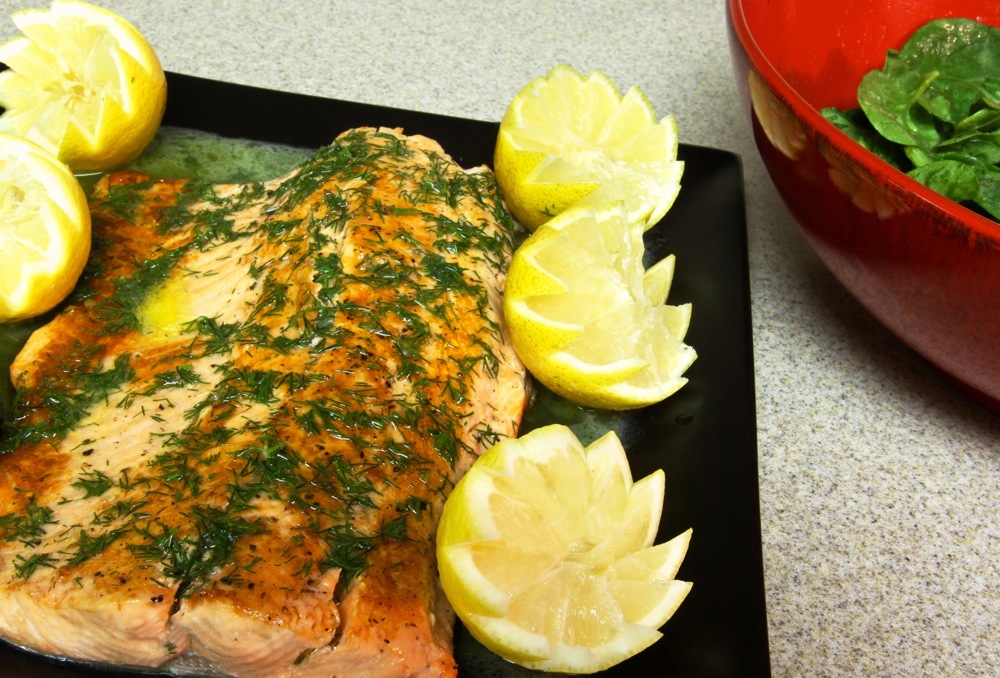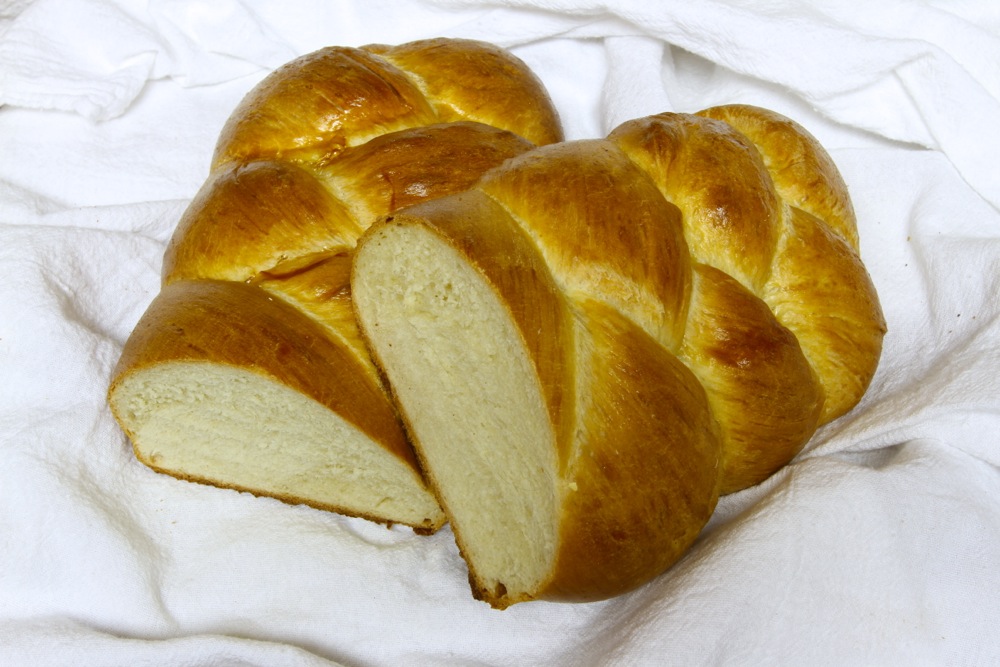Here’s an easy and delicious pasta dish, made with vegetables and tuna.
And just for fun, here’s a time-lapse video showing the preparation:
http://www.youtube.com/watch?v=aEbilu_0IKs
Ingredients
- Pasta (spaghetti or whatever kind you prefer)
- 1 Zucchini
- 1 Yellow squash
- 1 Green bell pepper
- 1 Red bell pepper
- 1 Yellow bell pepper
- 2-3 cans chunk white tuna in water
- 2-3 cloves garlic
- 1 jar of artichoke hearts
- 1 jar of sun dried tomatoes
- 1/4 cup extra virgin olive oil
- Salt (to taste)
- Oregano (to taste)
- Red pepper flakes (to taste)
- Grated parmesan cheese
Preparation
- Boil water and cook your pasta until it’s al dente, adding a few tablespoons of olive oil to the water so the pasta won’t stick. Once cooked, set the pasta aside.
- Cut the zucchini and yellow squash in half the lengthwise, then slice into pieces about 1/4 inch thick. Set aside.
- Cut the bell peppers into pieces about 1 inch square. Set aside.
- Peel and mince the garlic. Set aside.
- Drain the tuna. Set aside.
- Cut the artichoke hearts and sun dried tomatoes into thin strips.
- In a wok, heat a few tablespoons of olive oil.
- Add the garlic to the hot oil and stir briefly.
- Add the zucchini, yellow squash and bell peppers to the wok and stir.
- Add a few tablespoons of water, then cover the wok to steam the vegetables until tender.
- Add salt, oregano and red pepper flakes to taste (you’ll re-check the seasoning after adding the pasta).
- Add the cooked pasta and about 1/4 to 1/2 cup of olive oil (enough to coat the pasta).
- Add the sun-dried tomatoes, artichoke hearts and tuna, then stir.
- Re-season according to taste, then serve.









